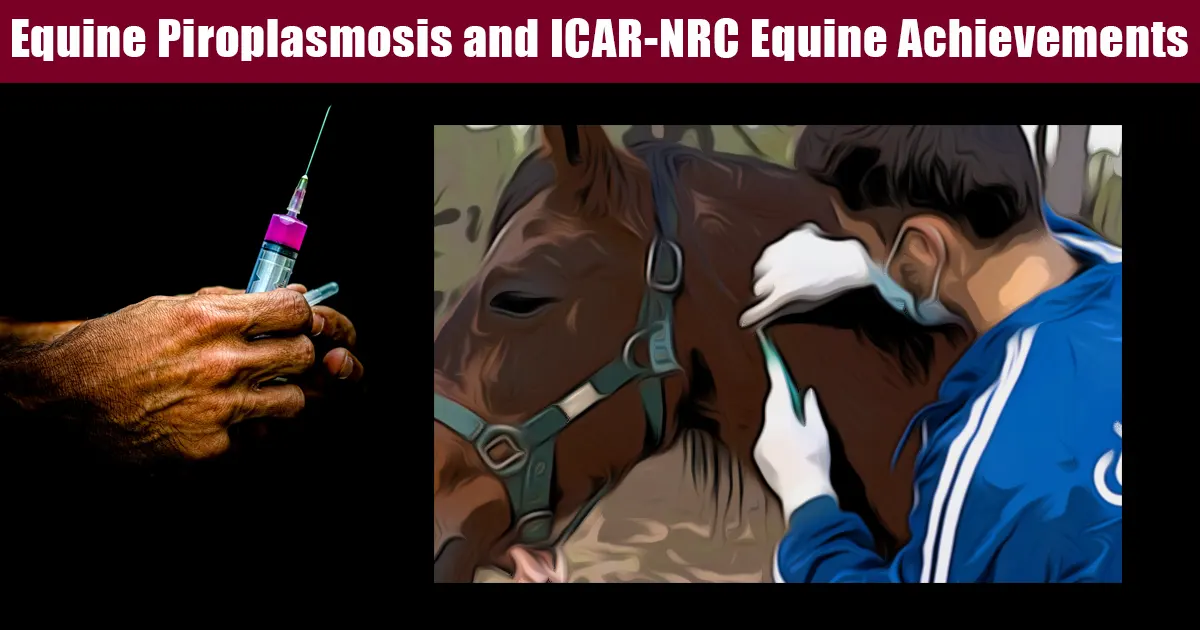
The Indian Council of Agricultural Research – National Research Centre on Equines (ICAR-NRC Equine) in Haryana has been recognized as a World Organisation for Animal Health (WOAH) Reference Laboratory for Equine Piroplasmosis. This status, facilitated by the Department of Animal Husbandry and Dairying (DAHD) under the Ministry of Fisheries, Animal Husbandry, and Dairying, enhances India’s global standing in equine health research and management.
Understanding Equine Animals
- Equine animals belong to the Equidae family, including horses, donkeys, mules (horse-donkey hybrids), and zebras.
- Indian States with High Equine Populations: Uttar Pradesh, Rajasthan, Gujarat, and Haryana.
About Equine Piroplasmosis
- Cause: It’s a tick-borne disease caused by protozoan parasites, primarily Babesia caballi and Theileria equi.
- Transmission: Spread through bites from infected ticks, which acquire the infection from ingesting blood of an infected animal. It can also spread through contaminated blood transfusions.
Indian Council of Agricultural Research (ICAR)
- Established: 1929
- Headquarters: New Delhi
- Role: ICAR is the apex body for coordinating and managing research in agriculture, horticulture, fisheries, and animal sciences across India.
- Governance: The Union Minister of Agriculture serves as the ex-officio President of the ICAR Society.
Significance of WOAH Reference Laboratory Status
Achieving WOAH Reference Laboratory status enables ICAR-NRC Equine to:
- Lead research and diagnostics in Equine Piroplasmosis.
- Strengthen international collaborations and expertise sharing.
- Support disease management efforts in India and contribute to the global control of equine diseases.




